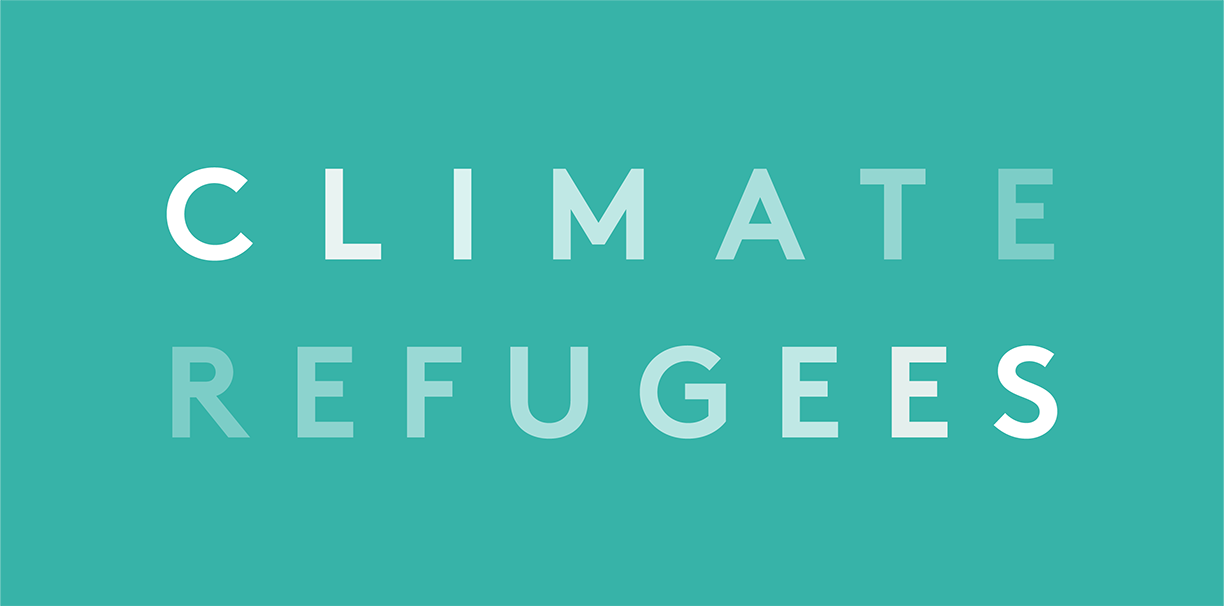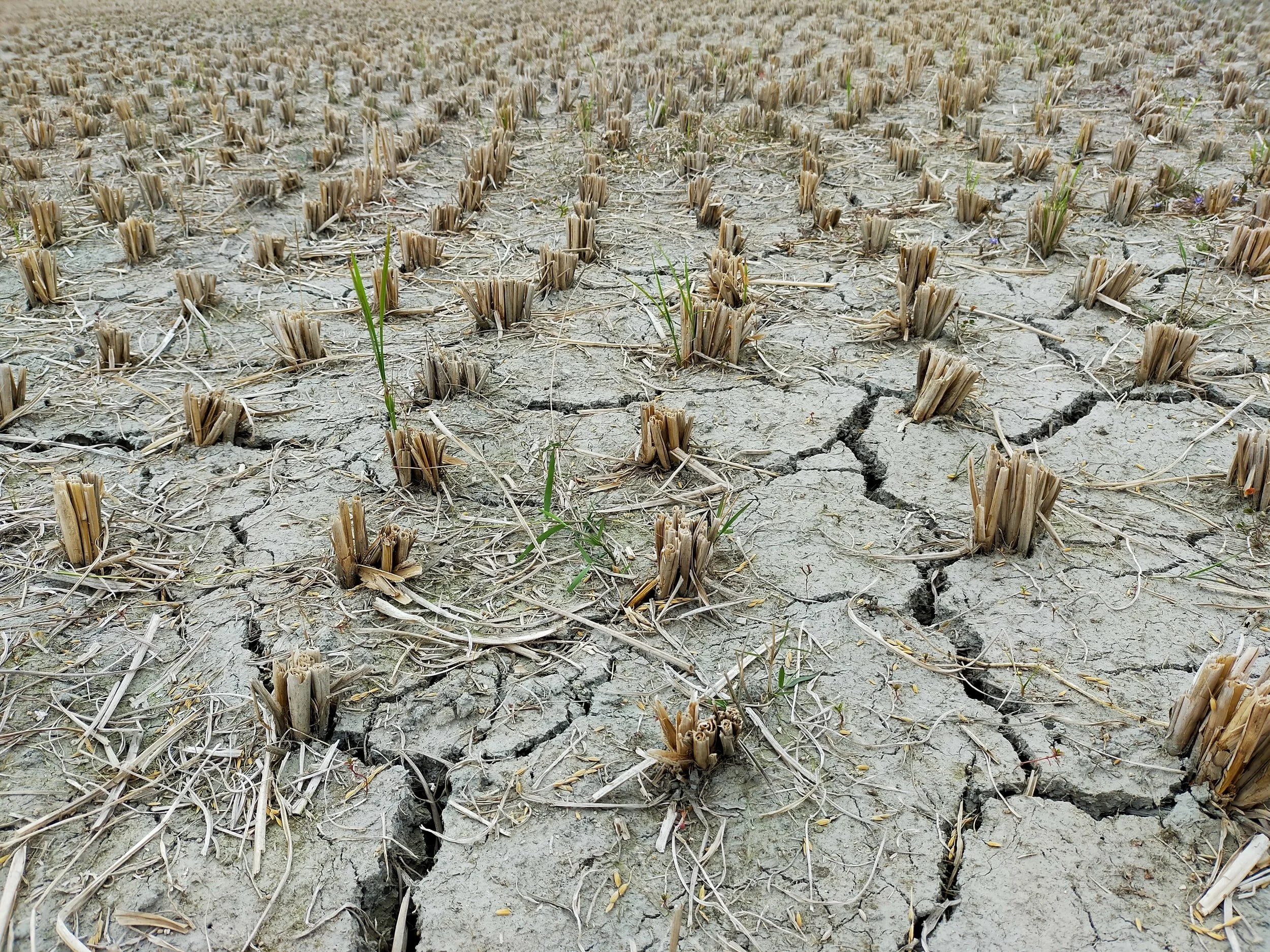Human migration due to droughts in particular will increase by at least 200% throughout the rest of the 21st century, according to a recent study published in International Migration Review. The Stony Brook University team worked from 16 climate models and social science data to generate their predictions, focusing on two scenarios. In an ‘optimistic’ scenario, in which countries live up to their Paris Agreement commitments, the percentage increase in drought-induced migration stands at 200%. In a pessimistic scenario, based on current energy use and emissions, that number has the potential to reach a staggering 500% increase.
Climate Stress Spells Cycles of Distress for Farmers
As climate disasters increase, so too does the cost associated with them. A new UN report on disaster risk reduction shows that disaster events across the world have steadily increased over the past few decades and they are only predicted to grow in regularity, to the point where we will soon be facing 1.5 disasters each day across the world.
The average number of disaster events per year between 1980 and 1999 was 200, and in 2015 there were 400. By 2030, the number of disasters may balloon to upwards of 560 per year and the average trends suggest a 30% increase from 2000 to 2030.
Latest IPCC Report Projects Climate Change Will Increase Migration Within Africa
“By 2030, about 250 million people may experience high water stress in Africa, with up to 700 million people displaced as a result.” Seven hundred million people. For context the entire population of Africa is 1.4 billion. That means by 2030 half the continent of Africa could be displaced as a result of climate change.
This dire warning of displacement comes at a time when many African nations are already witnessing record breaking droughts even today.
Pakistan Faces Second Locust Battle, Challenging Food Security Amid Virus Fight and Refugee Concerns
Pakistan Readies for Second Battle Against Crop-Devouring Locusts
An impending second infestation in as many years that could destroy sugarcane, cotton, rice, fruit and vegetable crops is a deeper concern for farmers than the current novel coronavirus pandemic. The Sindh province chief minister warns of a “massive locust attack” expected from Iran in mid-May, worse than the previous year. The UN Food and Agriculture Organization (FAO) is warning of dire food insecurity if the crops are eaten by locusts, prices of staples like flour and vegetables skyrocketing and losses as high as $2.8 billion for summer crops and $2.2 billion for winter crops. Last year, Pakistan suffered its worst attack of locusts since 1993 in all four of its provinces, for which it was unprepared, and a repeat this year in the midst of COVID-19 could be catastrophic for Pakistan’s poorest communities. Unprecedented rains in Sindh’s desert led to vegetation cover that enabled locust breeding and crop attacks. FAO and climate scientists say warming oceans have led to increased cyclones in the Indian Ocean, causing heavy rainfall in the Arabian Peninsula and Horn of Africa, creating the perfect environment for locust breeding and the resulting swarms seen in East Africa, the Middle East and South Asia. Insects are laying eggs in nearly 40% of Pakistan and previously unaffected regions are now also impacted. Experts predict swarms, much larger than the ones in 2019, breeding in Pakistan’s deserts are likely to be joined by others in Iran, with more arriving from the Horn of Africa around July. The swarms are expected to be much larger than those in 2019 and travel in swarms of 30 to 50 million insects that cover 93 miles and devour 200 tons of crops per day. (Reuters)
Analysis
Per UNHCR estimates, Pakistan hosts 1.4 million Afghan refugees within its borders. As of today, Pakistan has 35,788 COVID-19 cases, the majority split between the Punjab and Sindh provinces, where 770 people have died. Neighboring Iran has 115,000 COVID-19 cases and hosts approximately 3 million Afghans. Together, Pakistan and Iran, host 90% of the world’s 2.7 million Afghan refugees. Afghanistan has 5,639 COVID-19 cases, and Afghan refugees in Iran and Pakistan, despite persistent violence in the country, including a horrific terror attack this week, continue to return home due to the coronavirus pandemic in Iran and Pakistan. Meanwhile, it’s the holy month of Ramadan, ending in late May, where an uptick in food buying and consumption is likely, all of which can have an impact on market supply and demand, further contributing to concerns of regional food insecurity. With pandemic response, economic losses and additional humanitarian needs converging with spikes in food insecurity, violence and refugee returns, the pressures are immense for not only some of the world’s most vulnerable populations but also those living on the margins of survival.
Weakened by War & Flood, Yemen Fights Twin Health Threat
Weakened by War and Floods, Yemen Fights Twin Health Threat
“The War and climate change have created a humanitarian crisis.” This is what Abdulla Bin Ghouth, an epidemiologist from Yemen’s Hadhramout University College of Medicine says as Yemen announces an official tally of 72 cases of the novel coronavirus and 13 deaths, but health experts say the real numbers are likely much higher due to serious under-counting in the north and south of the country and lack of testing and tracking in the Arabina Peninsula. Life appears to be continuing as normal though, as people gather in crowded spaces, don’t social distance or take any protective measures despite government warnings. Yemen has been crippled by years of war and severe food shortages and now a wave of diseases linked to heavy rains are on the rise, straining an already shattered healthcare system, which health experts warn will be pushed to the brink of collapse with the coronavirus pandemic. Doctors are dealing with a rise in mosquito-borne diseases following rains and flash floods that began in January and brought with it a sharp spike in dengue and other viral fever cases, now disrupting the fight against the novel coronavirus. Where doctors usually saw three cases a day, in the past month alone, they have seen hundreds of patients with dengue and viral fevers and dozens of deaths. One hospital noted 6,000 cases of fever in only two months. Now also dealing with a shortage of testing kits and medical equipment, doctors are finding it impossible to diagnose whether patients are infected with COVID-19 or something else. (Reuters)
Analysis
As of today, Yemen has 85 positive COVID-19 cases. Since 2015, Yemen has suffered three Cholera outbreaks, a water-borne illness, where water has become weaponized in the civil war. Laws regulating water use are lacking, while climate stresses like extreme heat and drought have worsened social and health problems. Climate security experts count Yemen among countries that are at risk for increased conflict borne by climate change-fueled drought and water scarcity, made worse because the growing humanitarian needs strain the state’s ability to deal with the climate risks.
Coronavirus Underscores Climate Health Threats
Coronavirus Pandemic Underscores Climate Health Threats
Health experts warn that vulnerability to climate-related health threats is likely greater than previously believed. This extends from healthcare facilities built in the path of floodplains and wildfires, inabilities to track outbreaks, to privileged classes realizing that they can’t escape ill-equipped local healthcare systems during a lockdown. This new realization has led some countries to begin plans for new hospitals and additional funding to help secure vaccines. The virus has also made clear the nexus of extreme poverty and pandemic, bringing home to some the realities of the deep interconnectedness a subsistence farmer has to food insecurity and a laborer has to rising global temperatures. Elena Villalobos Prats, World Health Organization climate change and public health expert says two-thirds of the countries party to the 2015 Paris Agreement have considered climate threats to health in its national climate plans but only half have adaptation plans to its health systems, while only 0.5% of international climate finance is spent on health threats. Experts are now focused on whether the novel coronavirus crisis can be a learning tool to drive awareness of global vulnerability to better prepare the world for the next big health threat of climate change. (Reuters)







